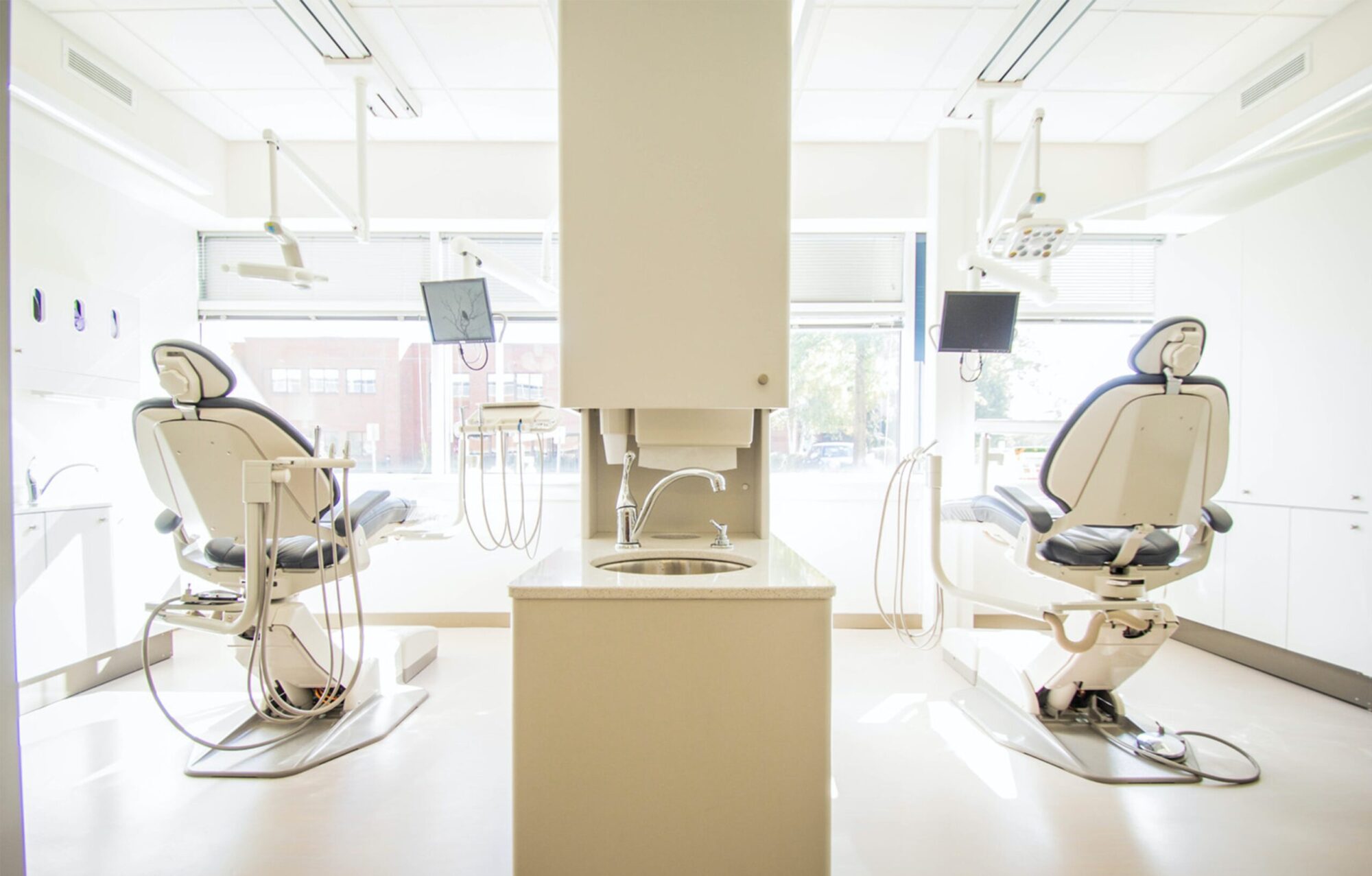Radiographs, also known as x-rays, are part of your routine dental check-ups because x-rays show us what we cannot see with the naked eye. It is a penetrating form of high-energy electromagnetic radiation that shows the bony, hard structures of the body. Non-bony structures such as gum tissue, tooth decay, and infection appear as shadows on the x-rays. Thus, routine dental x-rays are invaluable in diagnosing dental issues such as tooth decay, gum disease, and root canal infection.
Regular dental x-rays help dental professionals detect early onset cavities and periodontal disease as soon as possible. This prevents more aggressive treatment down the line.
There are three types of x-rays we commonly take in a dental office:
Panoramic Radiograph: A panoramic x-ray is the “big picture” radiograph. It shows the entire mouth which also includes the upper and lower jaw, the sinuses, and the jaw nerve called Intra Alveolar Nerve which runs through the lower mandible. Panoramic x-rays are used in a variety of ways including:
- Detecting infection at the roots of teeth
- Locating wisdom teeth
- Detecting bone abnormalities in the upper or lower jawbone
- Detecting oral cancer of the jawbone
- Monitoring a child’s dentition as it transitions from baby teeth to permanent teeth
Typically, a panoramic x-ray is taken every 3-5 years. This ensures we can see and detect any bone or jaw abnormalities that bitewing or periapical x-rays cannot capture.

Bitewing Radiographs: This type of radiograph is the most useful for diagnosing cavities. Thus, they are taken at every six-month dental check-up. Bitewing x-rays capture the back teeth while the patient is in biting position so it is a good way to see cavities growing in between the teeth. Bitewing radiographs are most useful in:
- Detecting cavities in between the teeth
- Detecting defective margins of crowns or fillings
- Detecting bone loss surrounding the teeth and gums (periodontal disease)
- Verifying proper seal of crown margins


In the bitewing x-ray above on the left, we were able to detect root caries, also known as root decay. The above right bitewing x-ray shows after a dental filling was placed. This type of cavity can be prevented by proper flossing.



Within the red circles you can see shadows within the tooth. This is what a cavity looks like in between teeth! At this point, the tooth decay has penetrated through the enamel (white layer) and into the dentin (gray layer) of the tooth.
- Left photo: a cavity at its early stage. This is the best time to treat tooth decay because it is still small, and a conservative filling can be completed.
- Middle photo: a cavity moderate in size. This can still be filled, but the patient may experience sensitivity because of how close it is to the root canal nerve.
- Right photo: the severe depth and size of the cavities are too big for a filling. A root canal and crown are indicated because the tooth decay is impinging on the root canal nerve.

Periapical Radiograph: This type of x-ray shows the surrounding area/bone around the apex or root of the tooth. Periapical x-rays are taken to check the status of a root canal and to detect if there are any infections at the bottom of the roots.
Periapical x-rays are best used for:
- Detecting inflammation of the surrounding bone and ligament around the roots
- Detecting cavities in the front teeth
- Detecting infection or bone loss at the bottom of the root
- Checking the health of a root canal


Are Dental X-rays Safe?
There seems to be a stigma surrounding x-rays and the amount of radiation it emits. However, it is important to know that dental x-rays emit relatively low doses of radiation. In fact, you are exposed to less radiation from a single dental x-ray than from sitting in a three-hour flight (see image below).

Regardless, it is important that proper protection and technique is implemented each time a radiograph is taken in a dental office. This includes proper lead apron use, and the dental technician must stand at least 6 feet away and behind a wall while the radiograph is being taken.
How often should I be taking dental x-rays?
I personally prefer to take bitewing x-rays every 6-12 months. I believe dental x-rays are necessary for accurate dental diagnosis because a dentist cannot detect small cavities, bone loss, or infections through a clinical exam alone. Cavities can grow within a few months, and bitewing radiographs allow us to detect cavities and other dental issues as early as possible.
However, an individual who is not high-risk for cavities and who practices excellent oral hygiene can take dental x-rays every 18 months.
For more questions about dental x-rays or radiographs, go online at BMEDental.com to book your appointment today!
